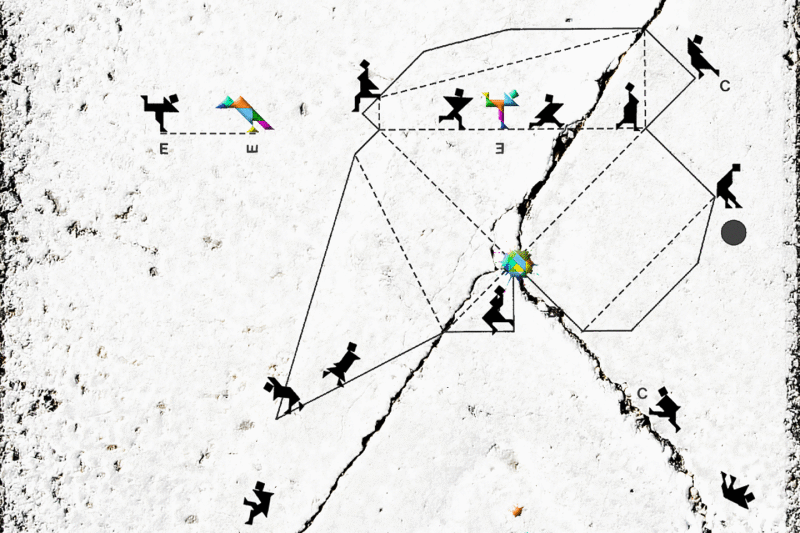Open learning systems apply the same learning principles to their professionals as they do to their students. They understand that the only sustainable transformation in education has to be owned by the people who have to implement it: teachers. They have high expectations of the profession’s capacity to learn through transparent, shared practice, and of their ability to rise to additional responsibilities. They have the humility to accept that learning now happens everywhere, anytime, and they work hard to integrate informal learning into the formal environment.
Open learning systems, in the workplace, and in the formal learning space, share common characteristics.
They place an emphasis upon innovation through collaboration. For Professor David H. Hargreaves, "professional development and partnership competence are the soil in which collaborative capital grows." Innovation will flourish if it is disintermediated: shorn of the externally imposed agendas and intermediaries that invite resistance and that de-professionalize teaching. It will also flourish if professional learning is collegial and self-determined. In an open learning system, teachers open up the classroom, not just welcoming colleagues, but also the range of entrepreneurs, technologists and industrialists who thus increase their investment in the future of the school, while at the same time connecting learners to the adult world.
Open learning systems should have low-entry barriers and be inclusive, welcoming diversity. They acknowledge that effective learning happens when knowledge is not seen as a finite resource, to be guarded jealously, but freely exchanged in cultures where vested interests and copyright are minimized. Open learning systems practice "radical transparency."
Open learning systems need to promote the freedom to innovate, and therefore the freedom to fail. How many school systems would be allowed such freedom? Fear of failure paralyzes schools and system leaders and is our biggest innovation killer.
Most importantly, they prioritize autonomy and trust. Much has been said about the achievements of the Finnish education system, usually countermanded by the limited transferability of its lessons to less homogenous cultures. Their insistence upon trust in the profession and the autonomy that accompanies that trust could be adopted by any country.
As an industry, education is no different to any other, facing the immense challenges of a disintermediated, fragmented, yet socially connected, future. As an institution, government-led education bears similarities to the concept of universal suffrage. Both were always seen to be an unchallenged, essential entitlement. Young people, however, increasingly fail to see the point of voting, or of learning formally, and they have discovered other, more dynamic routes to both political activism and self-improvement. Tinkering with standards and structures will not win them back.
It is just possible that an alliance between parents and teachers, amplified through the voices of the students on the receiving end, may finally get the message across to governments -- desperate to effect breakthroughs but not knowing what else to do -- that we need some new ideas around here. I believe open learning systems may help to address those demands.
"Open" as a way of working, and living our lives, is winning. It is time we applied it to education.
David Price is an author, learning futurist and senior associate at the Innovation Unit in London, England. His new book is OPEN: How We’ll Work, Live And Learn In The Future is available on Amazon. You can follow him on Twitter at @DavidPriceOBE.


